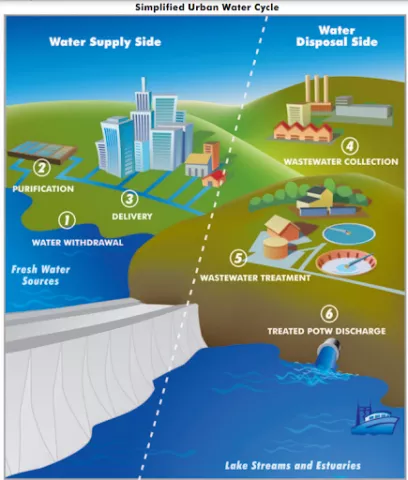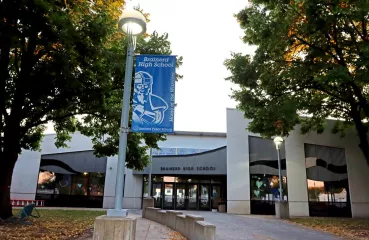 “Yeah, the plant always gets some complaints from residents about the smell,” divulged Josh Malchow, Slayton’s city clerk/administrator. “Mostly in the spring when the ice comes off the lagoon and the winds are blowing in the right direction.”
“Yeah, the plant always gets some complaints from residents about the smell,” divulged Josh Malchow, Slayton’s city clerk/administrator. “Mostly in the spring when the ice comes off the lagoon and the winds are blowing in the right direction.”
Like many other cities, Slayton’s system works by collecting the city’s raw wastewater, treating the water at the facility, and discharging the water into two nearby ponds. The organic elements in the pond's soil furthers the treatment process, but that’s only effective if conditions are right. Treatment plants like Slayton’s require water-immersed mixers to support those conditions by aerating the pond’s soil.
“We had three shore-based electric motor aerators. They were not very efficient in regards to the electricity consumption,” says Malchow. “They were also not very efficient in terms of actually doing what we want them to do, which is mixing oxygen into the water to assist with odor, natural treatment, and the biological processes that need to happen for wastewater treatment.”
Image courtesy of United States EPA.

 “Yeah, the plant always gets some complaints from residents about the smell,” divulged Josh Malchow, Slayton’s city clerk/administrator. “Mostly in the spring when the ice comes off the lagoon and the winds are blowing in the right direction.”
“Yeah, the plant always gets some complaints from residents about the smell,” divulged Josh Malchow, Slayton’s city clerk/administrator. “Mostly in the spring when the ice comes off the lagoon and the winds are blowing in the right direction.”

